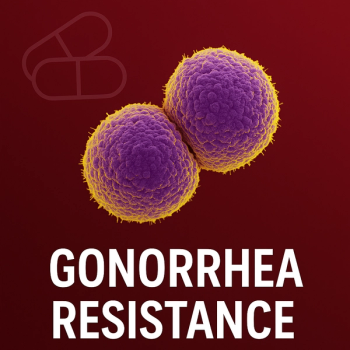
New Flu Vaccine Patch Proving as Effective as Standard Injection
Researchers have developed an adhesive patch delivery method for the influenza vaccine and new study shows it is as effective as the flu shot.
The National Institutes of Health (NIH) recently announced that a study team funded by the agency has developed an adhesive patch delivery method for the influenza vaccine, which may offer a new alternative to the standard flu shot injection.
Each year, between 140,000 and 710,000 people in the United States are hospitalized with
In a new
“The skin is an immune surveillance organ,” said study author Mark Prausnitz, PhD, explaining how the novel delivery method works in a recent
The study, funded by the NIH’s National Institute of Biomedical Imaging and Bioengineering (NIBIB), was conducted between June 23, 2015 and September 25, 2015 at Emory University in Atlanta. In a randomized, partly blinded, placebo-controlled, phase 1 clinical trial, 100 non-pregnant, immunocompetent participants ages 18 to 49 years old were randomly assigned into 4 groups. Participants either received the influenza vaccine by microneedle patch administered by a healthcare worker, a vaccine injection administered by a healthcare worker, a placebo microneedle patch administered by a healthcare worker, or the influenza vaccine microneedle patch self-administered.
Although some participants who received the patch reported mild skin reactions such as localized redness or itching, none of the participants reported serious adverse reactions. Participants who received the vaccine via patch or injection had similar antibody responses. More than 70% of those who received the patch preferred that delivery method over the flu shot. The participants who applied the patches to themselves received similar vaccine doses to those whose patches were administered by healthcare workers, showing that the delivery method could eliminate the need for a trip to the doctor’s office.
“This bandage-strip sized patch of painless and dissolvable needles can transform how we get vaccinated,” said NIBIB director Roderic I. Pettigrew, MD, PhD in the press release. “A particularly attractive feature is that this vaccination patch could be delivered in the mail and self-administered. In addition, this technology holds promise for delivering other vaccines in the future.”
The researchers note that although the cost of the vaccine patch is comparable to the cost of a syringe of vaccine, the option to self-administer the patch can significantly reduce the cost of receiving a flu vaccine by doing away with the expense of a doctor’s visit. With more clinical trials in store for the patch, the study team also noted the potential for the safe and effective delivery of other vaccines though microneedle patches.
Newsletter
Stay ahead of emerging infectious disease threats with expert insights and breaking research. Subscribe now to get updates delivered straight to your inbox.


















































































































































































































































































